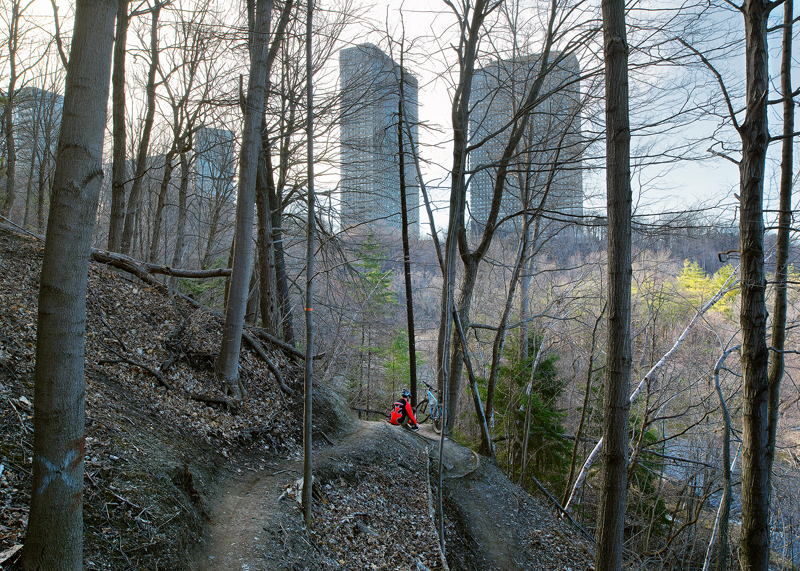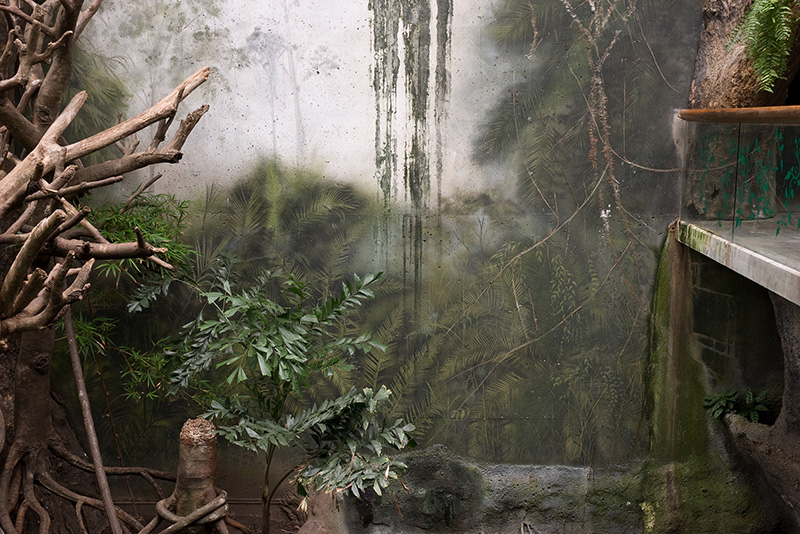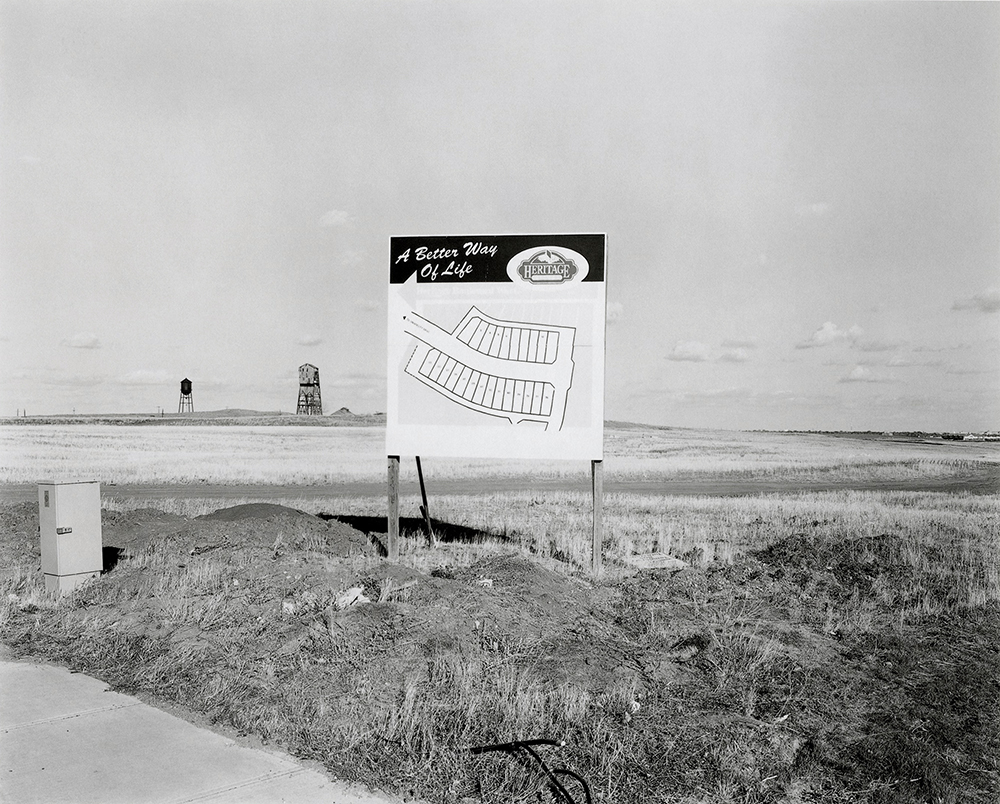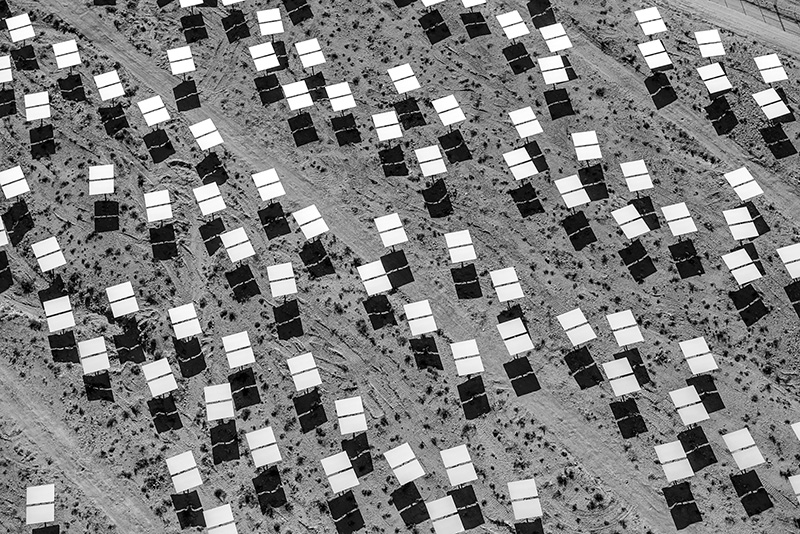Land Use, a group exhibition at Stephen Bulger Gallery, features four artists who inspect constantly evolving relationship between humans and nature through their distinctive working styles. The show builds on an ever-growing topic in the zeitgeist of contemporary society, the visible traces of human interaction on the planet. This thematic focus on nature and environment corresponds to the latest trends to engage with human impact on the earth/nature/environment in the art world: for example, the AGO and the Canadian Photography Institute of the National Gallery of Canada are opening a show titled Anthropocene together this month.
Anthropocene as a term derives from anthropo, for “man,” and cene, for “new” in Ancient Greek, and its usage aims to label the current epoch wherein humans have majorly altered the state of the planet. Since Nobel laureate Paul Crutzen popularized it in 2000, the term Anthropocene has gained momentum as an environmental buzzword, but its popularity has resulted in scholars calling for an official change of the current epoch from Holocene to Anthropocene. Critics of the term contend that evidence of geological changes such as specific events or dates is necessary to assign a new epoch. Some have proposed the beginning of the agricultural revolution and others have proposed 1945, the end of World War 2.
Photographs by Robert Burley show familiar Toronto scenes and places where a concrete jungle and thick forests co-exist. His pieces depict the expanse of wilderness in daily life. While many of the photographs contain human figures, their subdued individualism represents the insignificance of humankind, the tiny speck that we represent within the larger forces that have been slowly changing on the earth for millennia. These photographs elicit visceral feelings: cold, warmth – the light blue of the shadows in an underpass, the sunlight hitting the side of a Scarborough cliffside while the water glistens serenely, and the sudden smell of leaves and wood upon entering a trail in E.T. Seton Park.
E.T. Seton Park, 2014 © Robert Burley / courtesy Stephen Bulger Gallery
More surreal and whimsical than the rest, Dana Fritz’s photographs underscore the relationship that tries to contain, recreate and study a rainforest. Her photographs show a sizeable artificial rainforest like the one we find in a science centre. Perhaps because of my particular lean towards popular culture rather than higher forms of entertainment, I am reminded of the Jurassic Park series. An ersatz ecosystem, so sophisticated that it may prove more powerful than its’ maker.
Painted Leaves and Dripping Moss, Lied Jungle, 2007 © Dana Fritz / courtesy Stephen Bulger Gallery
The series by Geoffrey James is heartfelt in the way that they capture a newly forming city. They feature a snapshot of land development in Lethbridge, Alberta. The large mountains of dirt sit next to newly built homes and a crisp golf course. The low key, black and white views of such a landscape contrasts the rest of the works in this exhibition.
Lethbridge, A Better Way of Life, 1999 © Geoffrey James / courtesy Stephen Bulger Gallery
James Stillings unveils striking exquisite birds-eye views of a solar thermal power plant and its surrounding area in a western desert. In the largest print in the exhibition, #11039 feels like a god’s eye view of the earth: the whole scene resembles an aerial view of Mecca. Hundreds of solar panels dot the surface of this desert in this black and white image, which looks as if were made of steel. It is in fact printed on Dibond—a light, aluminum composite sheet—a medium which truly ‘shines’ in this application. Stillings’ images are inspirational, to say the least, as the whole scene feels incredibly larger than life and beyond one’s control. Yet it is this quality which makes it meditative to look at. Most importantly, they are relevant to ordinary conversations about our existence on this planet, making the reality of humans’ manipulation of nature through technological advancement more.
#6425, 2 June 2012 © Jamey Stillings / courtesy Stephen Bulger Gallery
Each artist in Land Use addresses some of the underlying issues of Anthropocene and presents a closer view of land usage and a more humanistic approach to nature and humans.
Nazli Nahidi
*Exhibition information: Land Use / A group show of work by artists Robert Burley, Dana Fritz, Geoffrey James, and Jamey Stillings, July 21 – September 8, 2018, Stephen Bulger Gallery, 1356 Dundas Street West, Toronto. Gallery hours: Tues–Sat 11 am – 6 pm.




